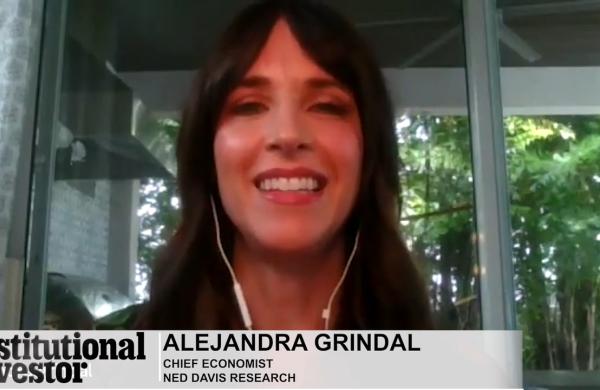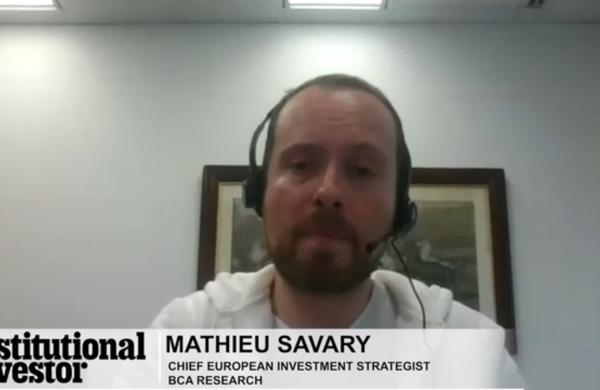Transition management isn’t just for pension funds anymore. Also lining up for the service is an array of clients with increasingly complex needs. These include advisers to mutual funds that make use of subadvisers (and continually change their manager lineups); sovereign wealth funds and central banks that have been moving their assets from fixed-income securities to equities and alternative investments; and providers of so-called target-date funds in defined contribution plans that require frequent rebalancing.
Even traditional pension funds are looking for much more than the basics of selling securities from a portfolio and handing the proceeds to a newly designated money manager. Institutions of all stripes are demanding tighter cost controls, along with highly detailed performance reports, from their transition managers. Thus, what used to be a straightforward — though operationally intense — process of executing a strategy change is looking more and more like any institutional trading business that succeeds or fails based on its ability to minimize risks and costs.
“Investors are now giving the same scrutiny to transition managers as they gave investment managers historically,” notes Paul Sachs, a senior consultant in Philadelphia for Mercer Sentinel Group, a part of the Mercer consulting business that includes investment operations and transition management.
With transition management regarded as part of the profit equation, the “conventional wisdom that asset management created alpha and transition management destroyed alpha” no longer holds, says Kal Bassily, global head of transition management at Bank of New York Mellon Corp. affiliate BNY ConvergEx Group. His proportion of nonpension clients has climbed from 2 percent to 15 percent in the past two years, and he expects it to grow to 25 to 30 percent over the next two years. It’s not enough to assure owners that their assets are being “transferred and securities sold and bought in an orderly fashion, without trades failing and operational glitches,” he says, noting that “expectations are entirely different” regarding quantifiable performance, transaction cost analysis and documentation.
Client reporting is fast coming to resemble an arms race, says Nicholas Bonn, executive vice president of Boston-based State Street Global Markets and head of securities trading for its global brokerage group. Providers must constantly develop new data packages to show, for example, whether a “best price” was obtained on a security sold and how quickly cash was reinvested. State Street’s reports detail commissions, bid-offer spreads and other transaction-cost elements, as well as custodian charges, such as those for delays in settling trades. The bank also tracks expected versus actual returns during a transition and how they stack up against relevant benchmarks.
“Good reporting keeps everything clean,” says Bonn. “By hiring a transition manager focused on costs, you can control them and isolate a manager’s performance record.”
Meanwhile, risk analysis and reporting have become increasingly critical amid volatile market conditions that can slow completion of a transition plan, says Bonn. Complications and delays can arise, for example, when an actively managed portfolio heavy in technology stocks is transitioned to a passive one benchmarked against the Standard & Poor’s 500 index that is only 20 percent tech; the new portfolio may lag well behind its benchmark. Bonn says State Street has enhanced its reporting so that “clients can get a real-time look at the process, and there’s greater transparency into the decision making.”
Accompanying the influx of new clientele is an increase in the amount of international trading. BNY’s Bassily says transition managers have a chance to shine, “especially in emerging markets, where costs are high and there isn’t as much liquidity as in developed markets.” He says that the cost of an emerging-markets transition mandate, at 40 to 50 basis points of the assets, is about half what it was two years ago. Last year 32 percent of BNY’s transitioned assets were non-U.S. equities; they were less than 10 percent in 2004.
Still to be conquered is the fixed-income frontier, where electronic trading offers efficiencies and transparency that had been prevalent only in equities. Technology is bringing some of those benefits to bond trading, says Mercer’s Sachs, “but it’s not nearly there.”






